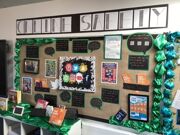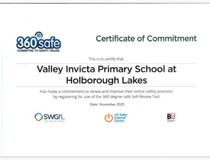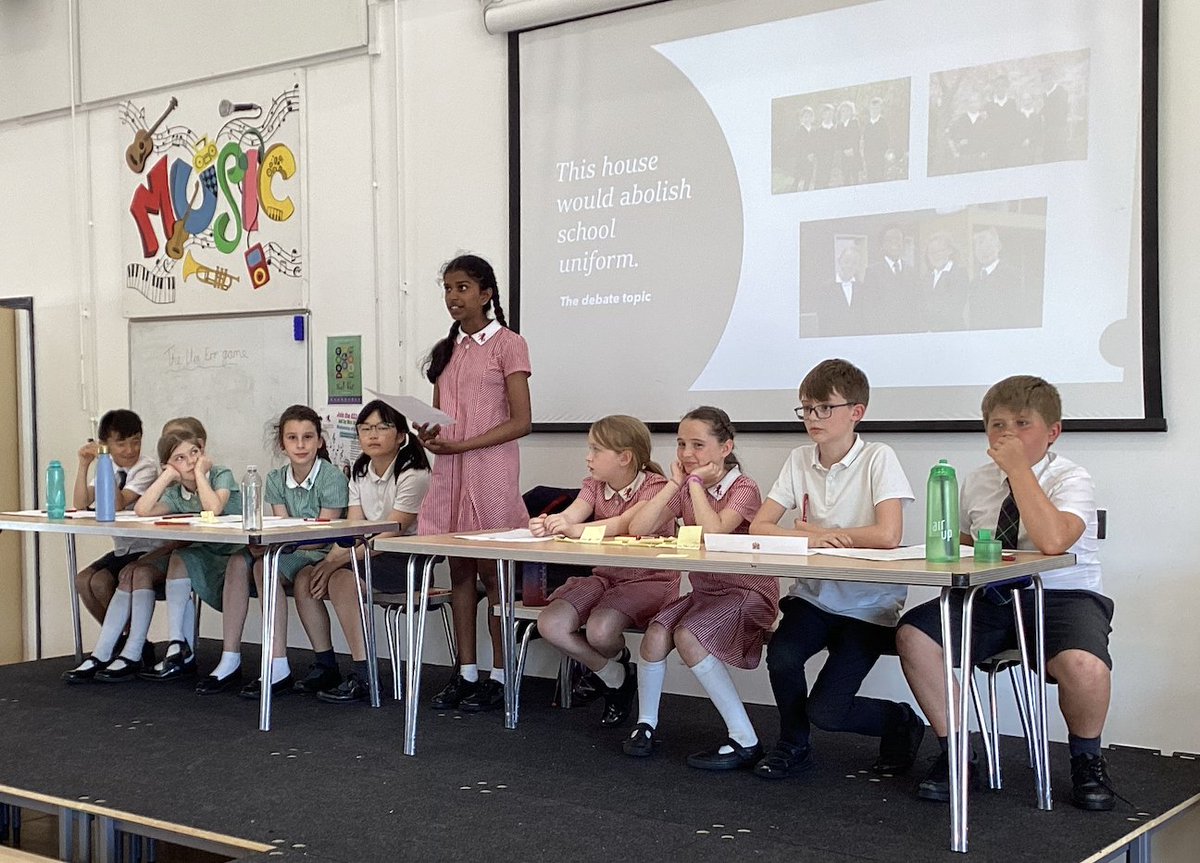Download our FREE smartphone app today!
Computing
Introduction:
A high-quality computing education equips pupils to use computational thinking and creativity to understand and change the world.’ NC computing
At Valley Invicta Primary School at Holborough lakes, we understand the importance of technology in a rapidly changing society. As it has always been, the children of today will develop and use the technologies of tomorrow. Therefore, we need to foster their basic knowledge and understanding of the technologies that they use today. We acknowledge that the children that are within our school are native to the opportunities provided by technologies such as tablets, computers and smartphones. Consequently, we must work to ensure that they put these opportunities to good use, in order for them to live happy, safe and successful lives.
Teaching Sequence in Computing:
In computing, like in all other subjects, we recognise the importance of the methods we choose to use in enabling pupils to know more, understand more and remember more. In computing, we place an emphasis on understanding the vocabulary used and the process needed to complete tasks.
For more detail see progression in teaching and learning tab and the progression of skills tab below.
Progression of skills - Taken from the Purple Mash scheme
Assessment
We assess computing in a variety of ways such as observations, photographs and viewing work saved. For each unit of work we also include a short pre and post assessment. We do this to ensure children have a good understanding of the components and teachers provide opportunity throughout each lesson to reflect on their learning and recall facts. We do this in a variety of ways such as using a knowledge check in our teaching sequence.
Essential Knowledge in Computing
Vocabulary progression in computing
Online Safety

Online Safety Progression 2025
Online Safety Week 2025: Tuesday 11th February, 2025
The theme this year for Online Safety Week is, 'Too good to be true?' and is based around online scams. It will be introduced during assembly and discussed in classes.
Please see our Safer Internet Day Assembly Presentations below:
KS1-Assembly Safer Internet Day 2025
KS1-Assembly Presentation 2025
KS2-Safer Internet Day 2025 Assembly Presentation

Our school has received a Certificate of Commitment from 360 Safe. It highlights our commitment to review and improve our online safety provision as a registered user of the 360 degree safe Self-Review Tool.
Helpful Links
Parent Zone | At the heart of digital family life
Teaching Your Child about Internet & Online Safety | NSPCC
Be Internet Legends | Parent Zone | At the heart of digital family life
Curriculum Intent, Implementation and Impact
Intent:
- 1: To ensure that children access an engaging and effective curriculum that develops pupil’s knowledge and understanding of ICT and computer science in line with the National Curriculum.
- 2: To prepare pupils to live safely in an increasingly digital British society.
Implementation:
Access to resources which aid in the acquisition of skills and knowledge.
- Children have access to the hardware (computers, tablets, programmable equipment) and software that they need to develop knowledge and skills of digital systems and their applications.
Access to quality first teaching within the strands of Digital Literacy, Information and Communication Technology and Computer Science.
- Computing is taught every week in every year group throughout the academic year.
- Teachers, through effective assessment, adapt provision to meet the individual needs within their class.
A learning environment that enriches, promotes and celebrates learning within the strands of Digital Literacy, Information and Communication Technology and Computer Science.
- Computing within the curriculum is evident in classrooms and around school.
Opportunities to apply their learning across the curriculum.
- Opportunities for the safe use of digital systems are considered in wider curriculum planning.
Clear parental Communication
- Parents are informed when issues relating to online safety arise and further information/support is provided if required.
Opportunities to explore the concept of online safety
- Digital literacy and online safety will be the central focus of teaching at the beginning of every term. In addition, the school will celebrate Safer Internet Day in the Spring Term of the academic year.
Impact:
- Children will have a secure and comprehensive knowledge of the implications of technology and digital systems. This is important in a society where technologies and trends are rapidly evolving.
- Children will be able to apply the British values of democracy, tolerance, mutual respect, rule of law and liberty when using digital systems.
- Children will be able to show this in their work and in discussion.
























